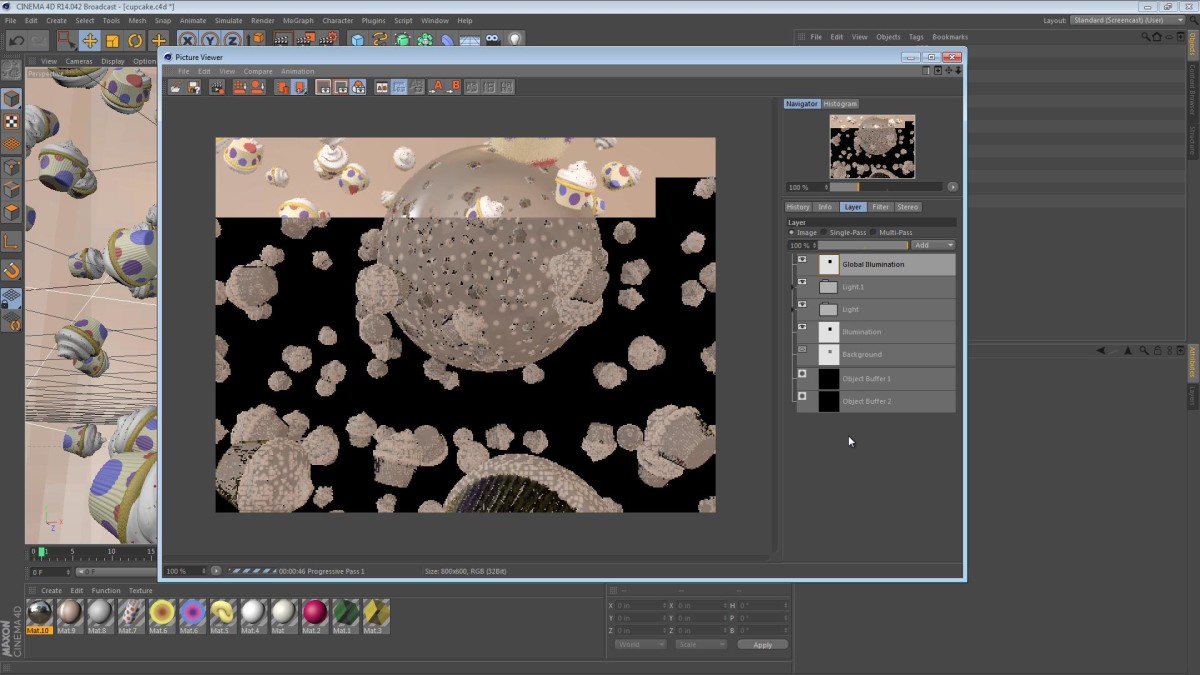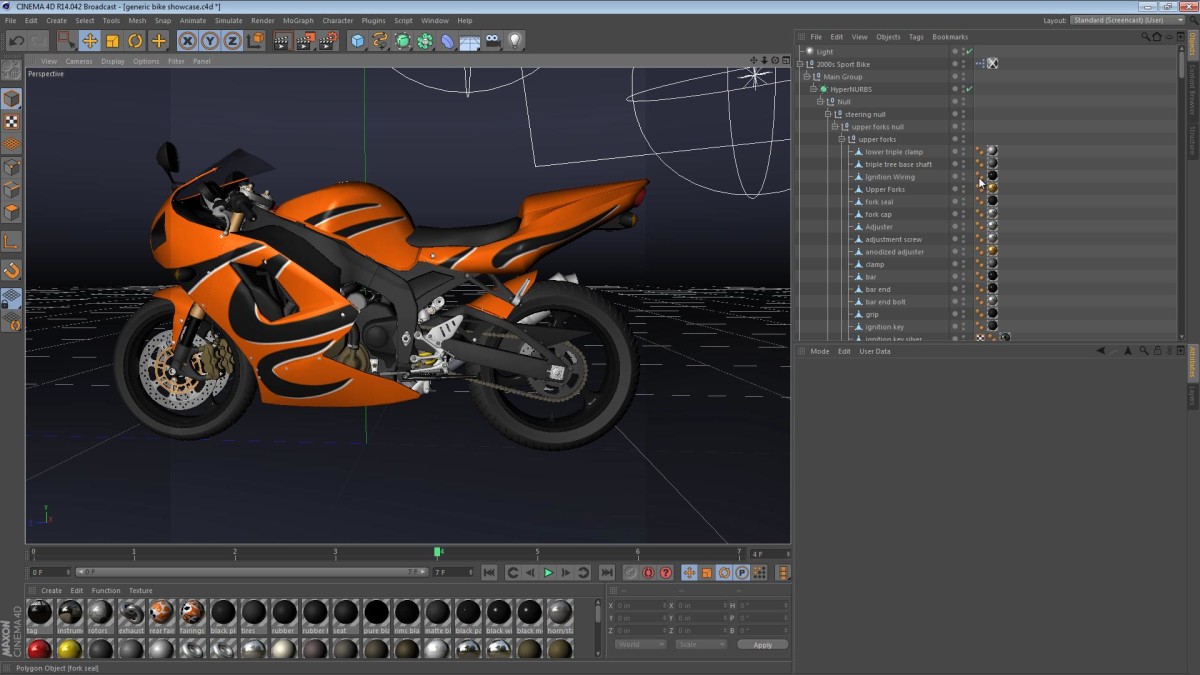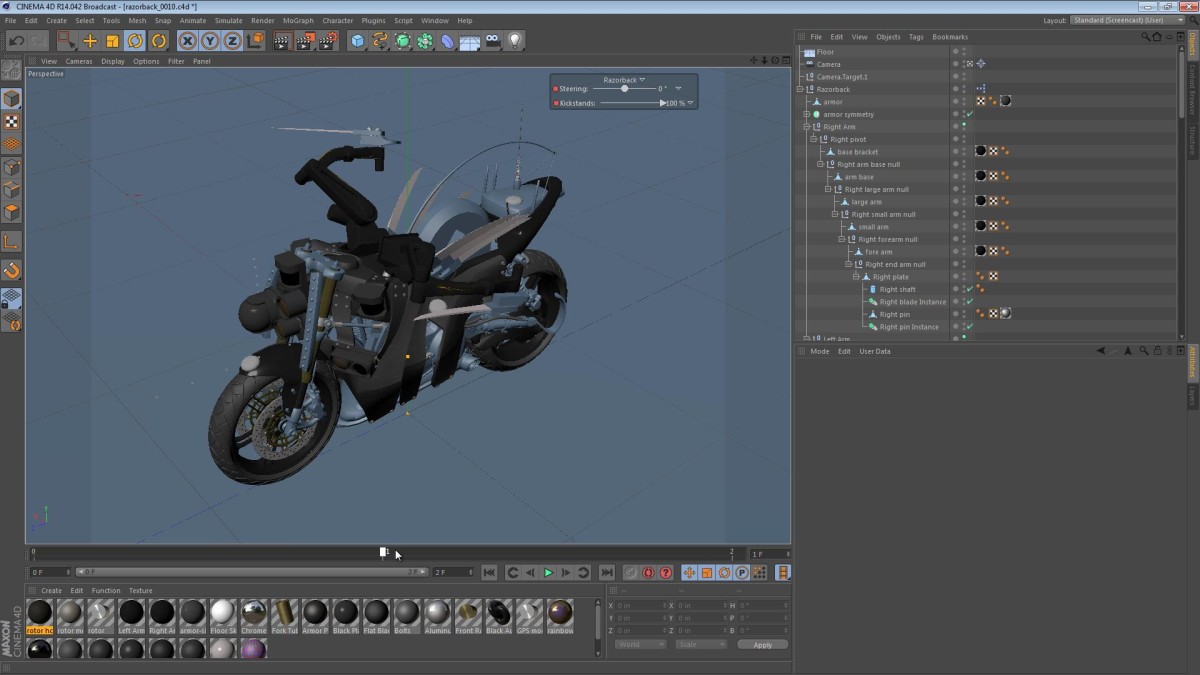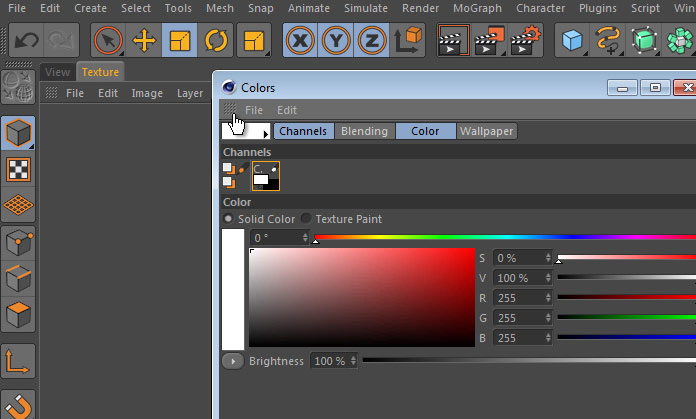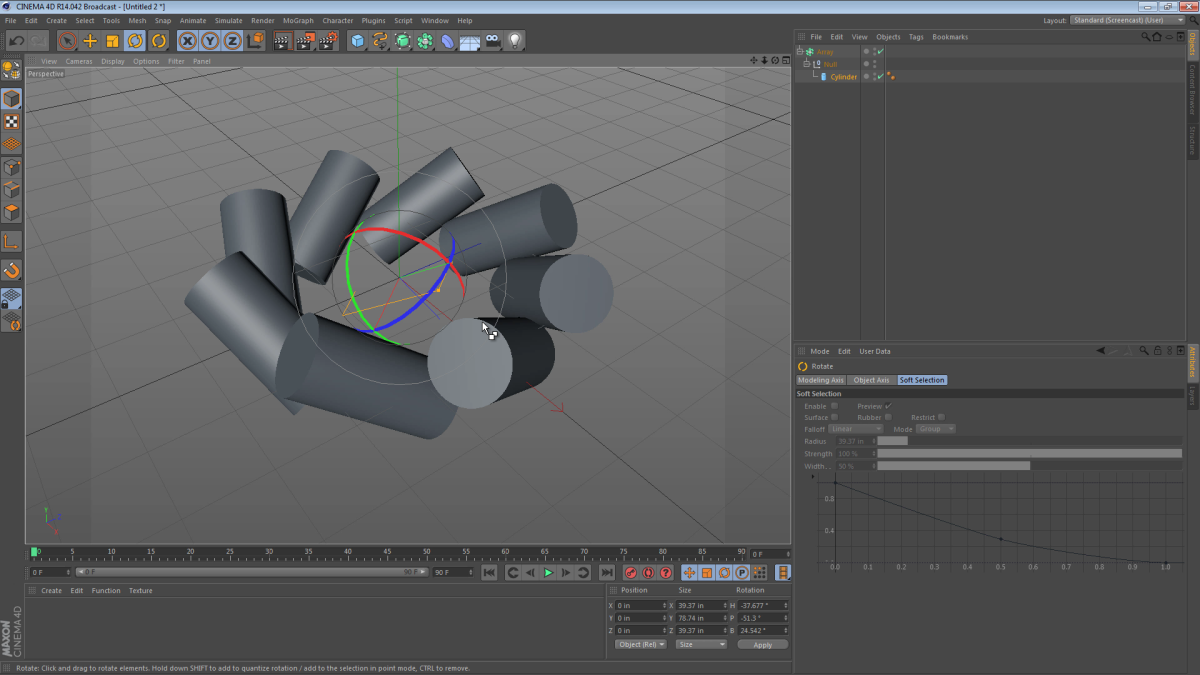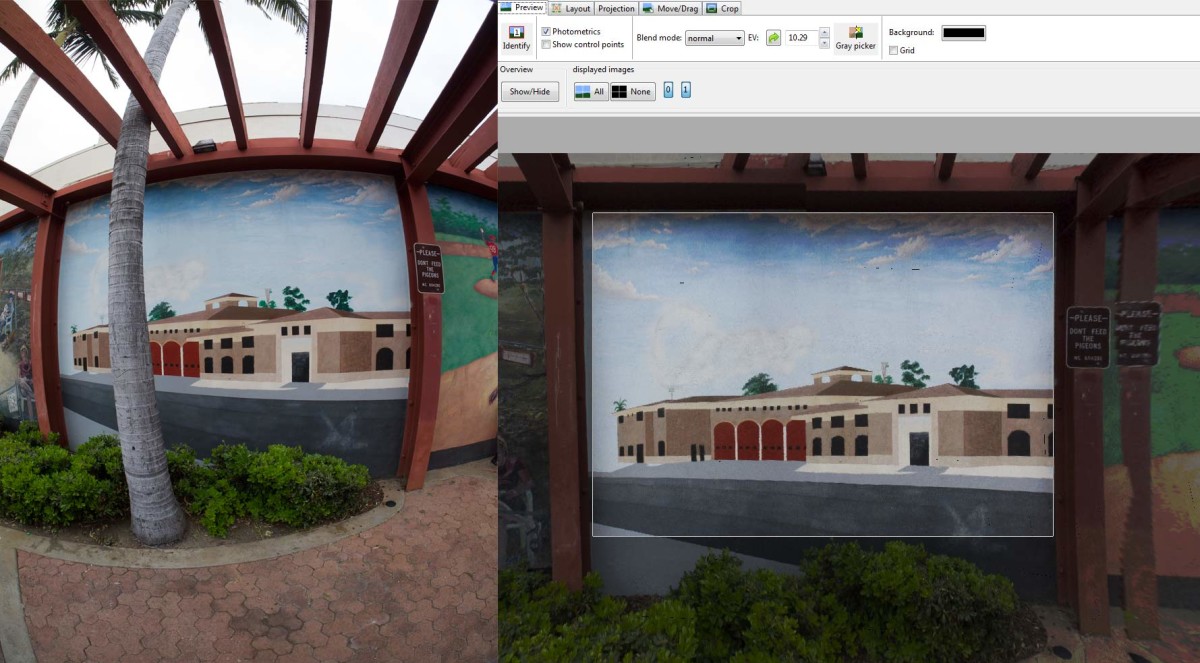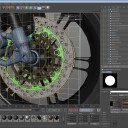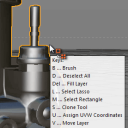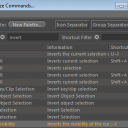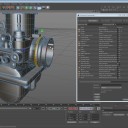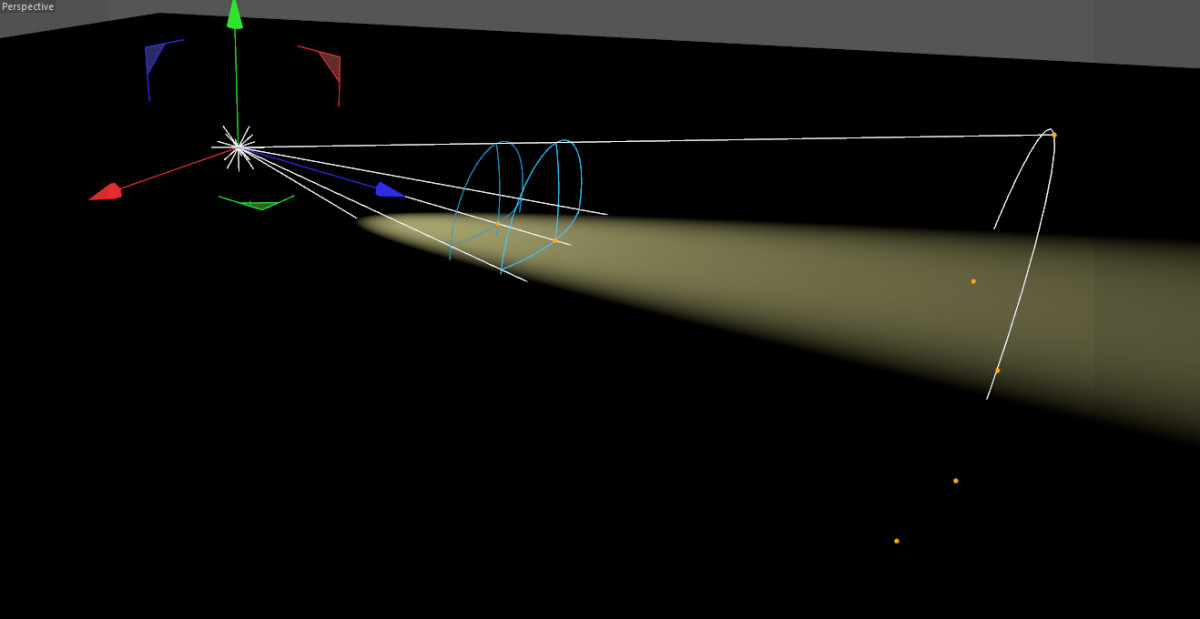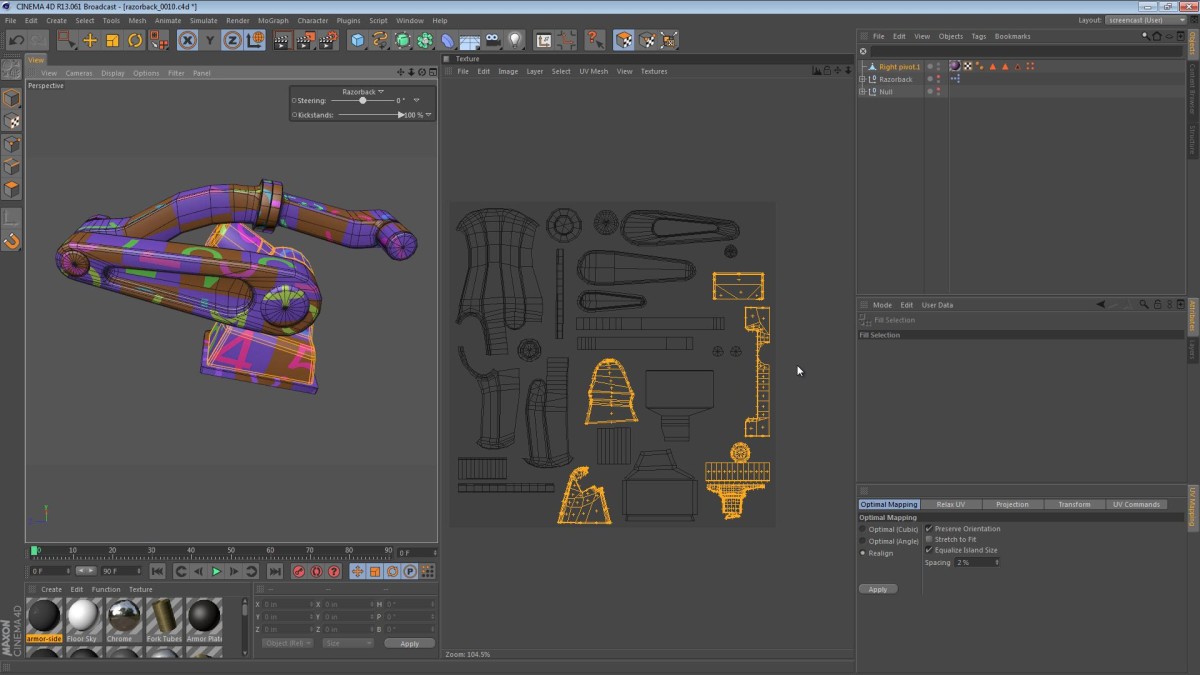The Cinema 4D multi-pass rendering feature is an astonishingly powerful feature; it becomes more powerful when you have a scene that takes a significant amount of time to calculate. The feature becomes even more powerful when you assign Object Buffers to certain objects that might need a little help in post-processing.
Check out the video below to see how you can leverage this tool.
Read More
